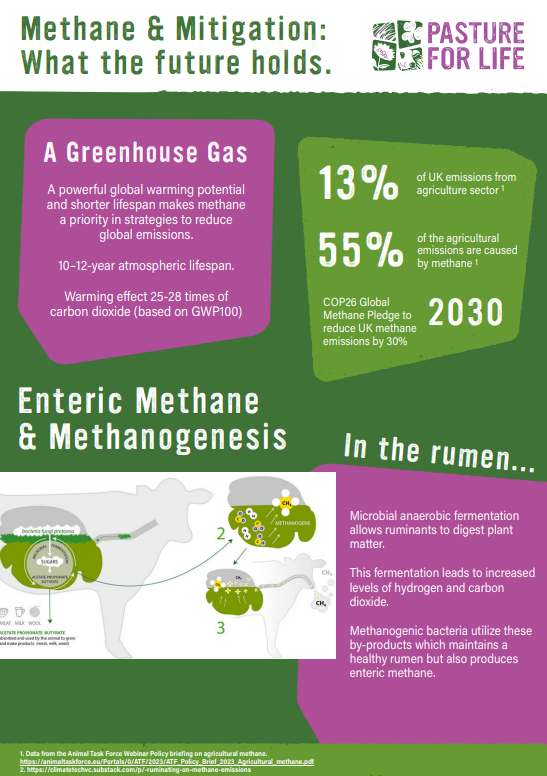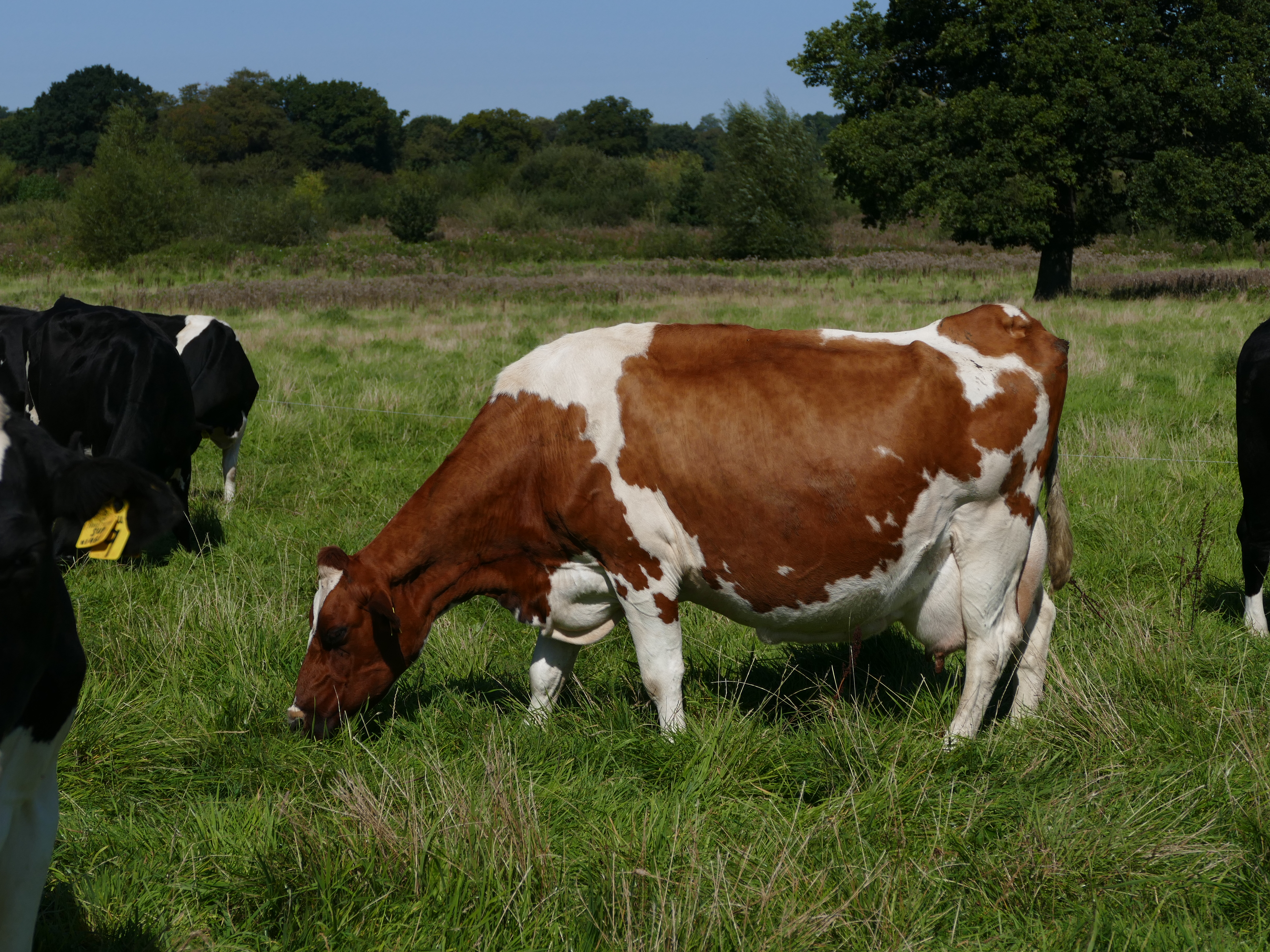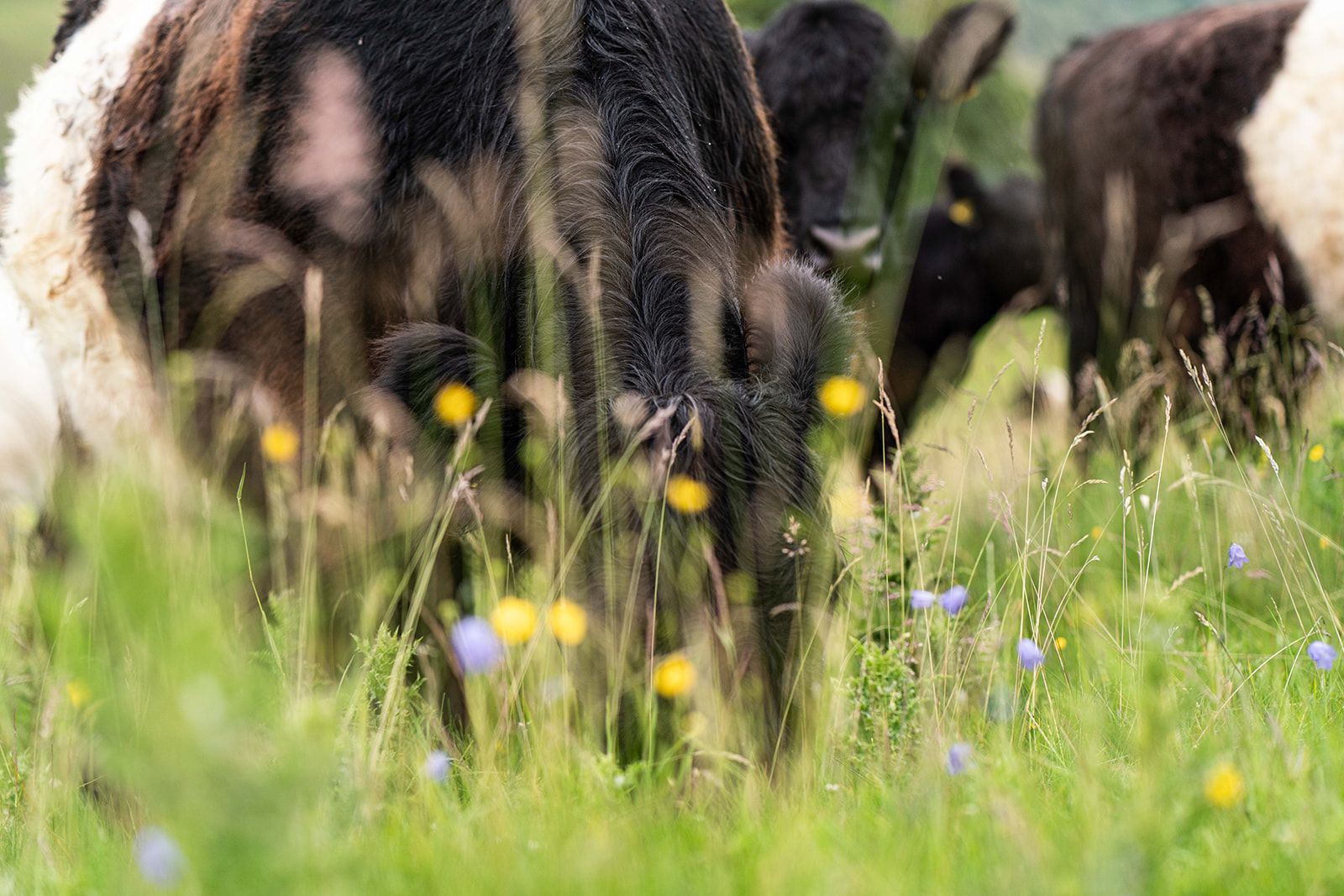Research Articles
Conserving Forage: Hay, silage and deferred grazing

Haymeadows have been a well-established feature of landscapes in the United Kingdom for over a thousand years, with 8 out of 10 of the settlements in the Domesday book recorded as featuring hay meadows. As late as 1970 about 80% of conserved forage was conserved as hay but by 1990 this had declined to 30% as silage making grew in popularity. This, along with the more general intensification of farming practices in the United Kingdom, has had a significant impact on biodiversity.
Methane and Mitigation: What the future holds

This methane factsheet created by Pasture for Life’s research team, emphasises a crucial point: while ruminants do produce methane, the most effective way to manage this is by restoring balance in the natural carbon cycle. This ensures that as much carbon is sequestered from the atmosphere as is produced in the form of methane.
PfL Standards – Biodiversity and the Wider Environment

Pasture for Life certification results in land managed more sensitively, with a key emphasis on soil health, hydrological functioning, and biodiversity.
Re-thinking efficiency and the future role of ruminants

There is no doubt that food systems and the agricultural sector need to operate within “planetary boundaries” to meet urgent obligations for carbon neutrality, restoration of biodiversity and global food security. Redefining agricultural efficiency (beyond production efficiency and intensification) is likely to be an important stepping stone towards these goals. The efficiency of land use within agriculture and the efficient use of natural resources not only builds a strong case for the protection of soil and grasslands but highlights the importance of an agroecological future and the grazing ruminants within the system.
Fossil fuels and Farming: Livestock’s role in a low-input future

By Research Officer, Charlotte Wheeler
